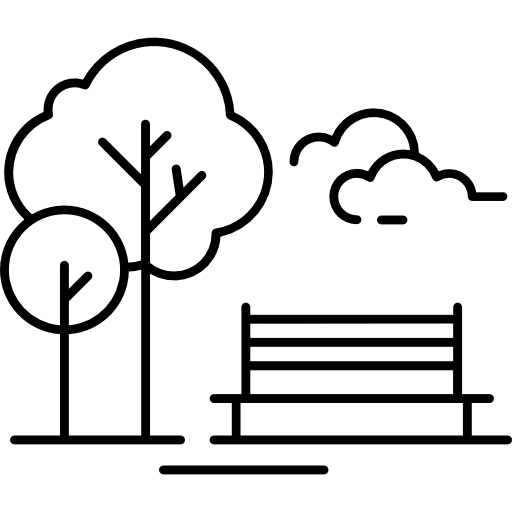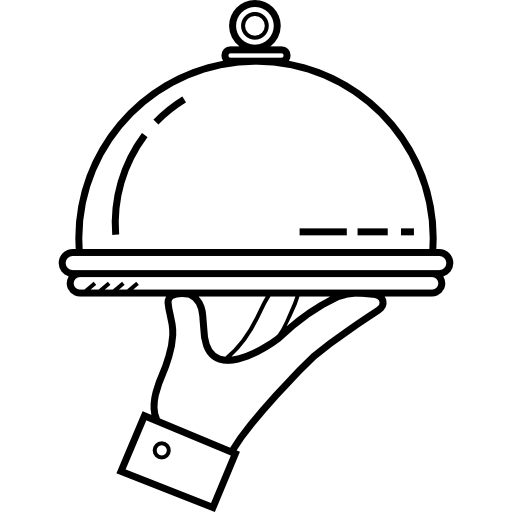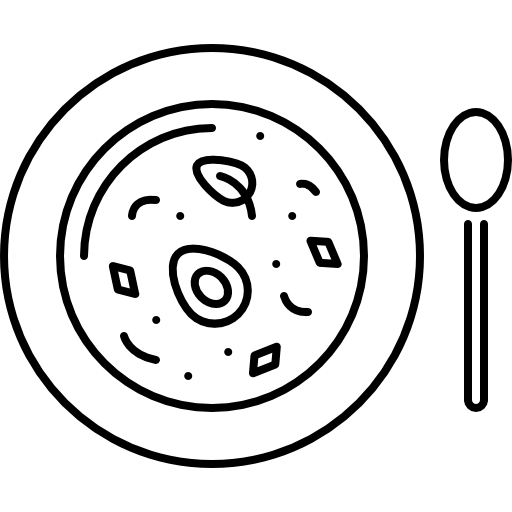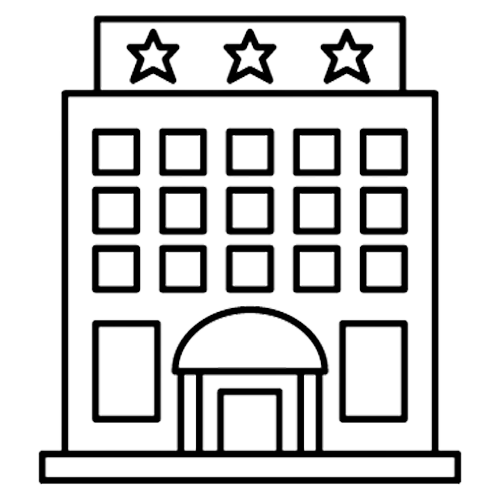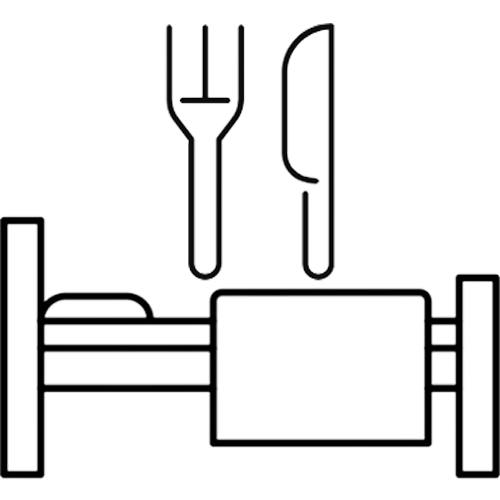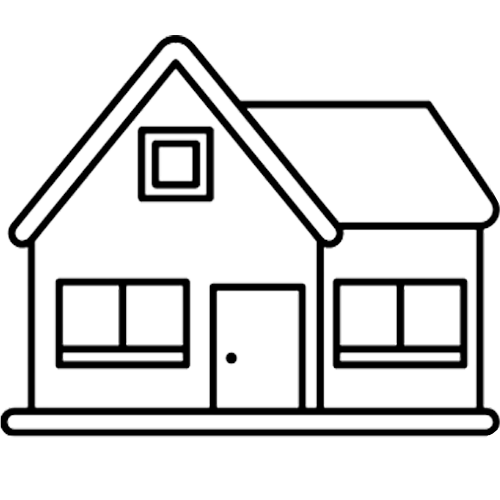Juknaičiai is an example of new rural architecture. The name of the village was first mentioned in 1540. Juknaičiai had a dozen homesteads near the railway and many small homesteads around. The large farmsteads closer to the Šilutė-Pagėgiai highway belonged to the village of Blauzdžiai. Juknaičiai, a small, now forgotten settlement in western Lithuania, had become an almost ideal model of a town. In a few decades, the collective farm, which had been managed skilfully since 1964, had been a stunningly well-organised settlement by the standards of the time. The architects Rūta and Alfonsas Kiškiai designed the exceptionally rich design of the settlement. The infrastructure of the settlement, which was laid out in the early 1960s, far exceeded even the expectations of a city dweller. The blocks of flats, unpopular in the countryside, took on a playful regionalist tinge. The settlement is landscaped with trees, ornamental shrubs, flowerbeds, lawns and decorative sculptures. The park was planted with a ‘Grove of Hope’, where oak and lime trees were planted by the parents of newborn children. In 1996, the Šilutė District Municipality granted Juknaičiai the status of a settlement-park and declared the landscape to be protected.
Juknaičiai is not lacking in artistic accents. The symbol of the settlement is a wooden sculpture by the sculptor S. Kuzma – a peregrine falcon perched on a horse’s crest. The horse was supposed to reflect the work of the farmers, and the falcon was supposed to reflect spiritual inclination and artistic ideas. Kuzma’s other sculptures are “Eglė ir Žilvinas”, “Draugystės liepsna” and “Motinystė”.
Not far from Juknaičiai, in the village of Vyžiai, there is a beautiful Evangelical Lutheran Church of Vyžiai, built in 1865. The church is rectangular, Gothic-Romanesque in style, with a pentagonal apse and a 16-rank pipe organ. The massive tower, 36 m high, had two copper bells. The church was damaged during the war and later a grain store was built. The church was returned to the Lutherans in 1993, and is currently being restored and reopened.
The Alka Hill of Juknaičiai is situated on the outskirts of the village. In 2012, an amphitheatre was built in Juknaičiai and is now decorated in Juknaičiai.
Juknaičiai
Paskutinį kartą redaguota: 2024-06-02



